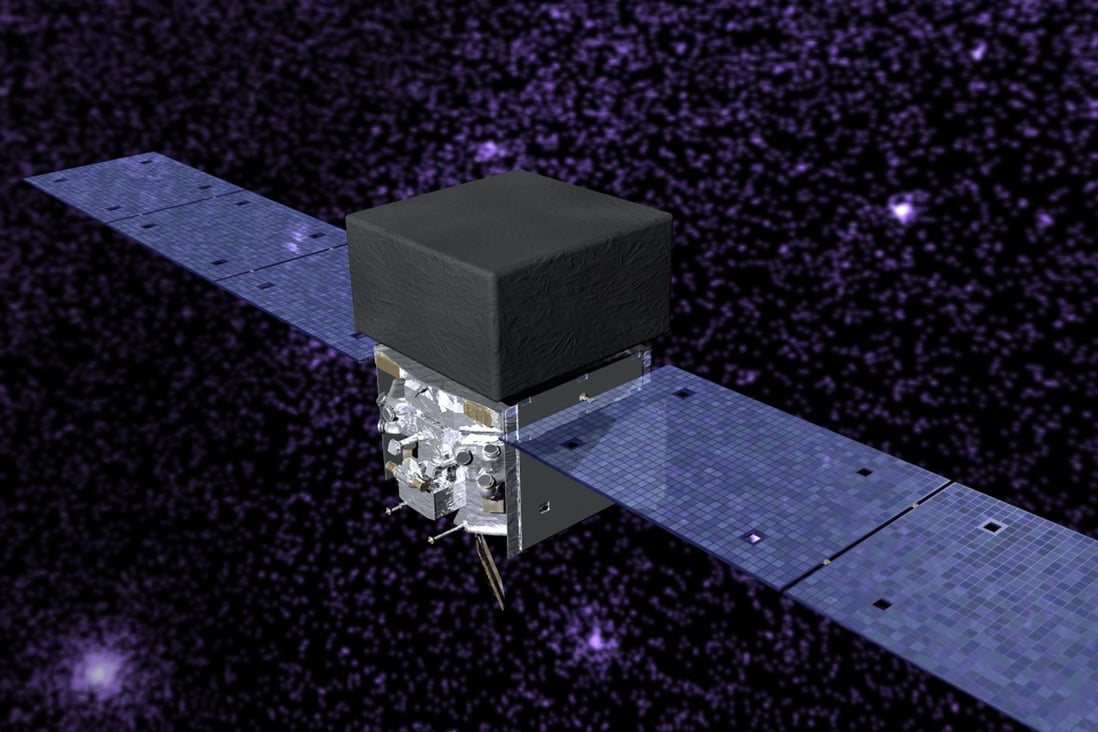To gain an edge over the US space agency NASA, Chinese scientists aim to develop a next-gen space observatory to search for dark matter. The ambitious project – known as the Very Large Area gamma-ray Space Telescope, or VLAST – is currently in its early stages of development.
The scientists plan to put the telescope into orbit by the decade’s end. They are, however, awaiting approval from the Chinese government, according to media reports.
Researchers from Nanjing Purple Mountain Observatory, Hefei University of Science & Technology, and Lanzhou Institute of Modern Physics collaborated on the project.
With the development of this telescope, the scientists hope to attain ten times the sensitivity of NASA’s Fermi Large Area Telescope.
NASA’s Fermi Large Area Telescope is the world’s most sensitive gamma-ray telescope. It is the successor to NASA’s Compton-Gamma-ray Observatory, which operated from 1991 to 1999.

According to NASA, Fermi’s field of vision and sky survey capabilities were twice as large and 30 times as sensitive as one of Compton’s instruments. NASA defined Fermi as “an astrophysics and particle physics partnership,” with NASA developing it in collaboration with the US Department of Energy.
The project also included International partners from France, Germany, Italy, Japan, and Sweden, as well as other institutions in the United States.
Why Gamma Rays?
Gamma rays are the highest-energy form of light, with over one billion times the energy of visible light, and are extremely difficult to detect. Phenomena like exploding stars and black holes frequently emit gamma rays.
Gamma rays allow researchers to peer into the far reaches of the universe and witness different phenomena, including rapidly spinning neutron stars and super dense black holes.
They are also indirect proof of the dark matter, which accounts for the majority of matter in the universe but has puzzled scientists for decades.
Astronomers believe dark matter must exist to provide the gravitational force required to keep galaxies and clusters together. When dark matter particles encounter, they theoretically disintegrate or annihilate each other, producing gamma rays that telescopes can observe.
According to NASA’s website, “Gamma rays sent out by objects embedded inside galaxies greatly affect the space around these objects and how these galaxies evolve. By studying gamma rays, NASA can better understand how the laws of physics work in the extreme environments found in the distant universe.”
How Will the Chinese Telescope Work?
VLAST will use exceptional energy resolution to search for signs of dark matter particles in the cosmic gamma-ray spectrum between 0.3 giga-electron volts and 20 tera-electron volts, the report said.
Chinese journal Acta Astronomica Sinica unveiled the project on May 26. They also stated that VLAST would focus on our galactic center to investigate “a puzzling surplus of gamma-ray radiation, which could be explained with the presence of self-annihilating dark matter.”
VLAST will also investigate hot topics in high-energy astronomy, like gamma-ray bursts, X-ray binary stars, the origin of cosmic rays, and the search for dark matter.
According to its preliminary design, VLAST will have three types of detectors. They’d separate gamma-ray photons from other particles entering the telescope, then accurately measure the energy and trajectory of the gamma-ray photons. The sensors could weigh 16 tons, significantly more than a typical space telescope.
“We would need a Long March 5 rocket to send it into orbit,” Fan Yizhong of the Purple Mountain Observatory was quoted as saying by the South China Morning Post. The Chinese researchers are currently working on the core technology of the project. “From electronics to the detectors and the satellite platform, it’s been challenging,” Fan had observed during an online event.
“We’ll need at least ten years to get ready – if the government decides to fund us,” he added. In March, the researchers submitted their VLAST proposal to the Chinese Academy of Sciences, which has not made a judgment yet.
The three main methods to search for dark matter are collider, direct and indirect detection. China is already employing the third way with its first dark matter probe, the Dark Matter Particle Explorer, known as Wukong or the Monkey King. For more than six years, it has been operating in low-Earth orbit.
The project is the outcome of a collaboration among research organizations and universities in Italy, Switzerland, and China led by researchers from the Purple Mountain Observatory.
It found a spectral break at roughly 0.9 tera-electron volts, which shed information on the demolition or destruction of dark matter particles.
- Contact the author at ashishmichel@gmail.com
- Follow EurAsian Times on Google News